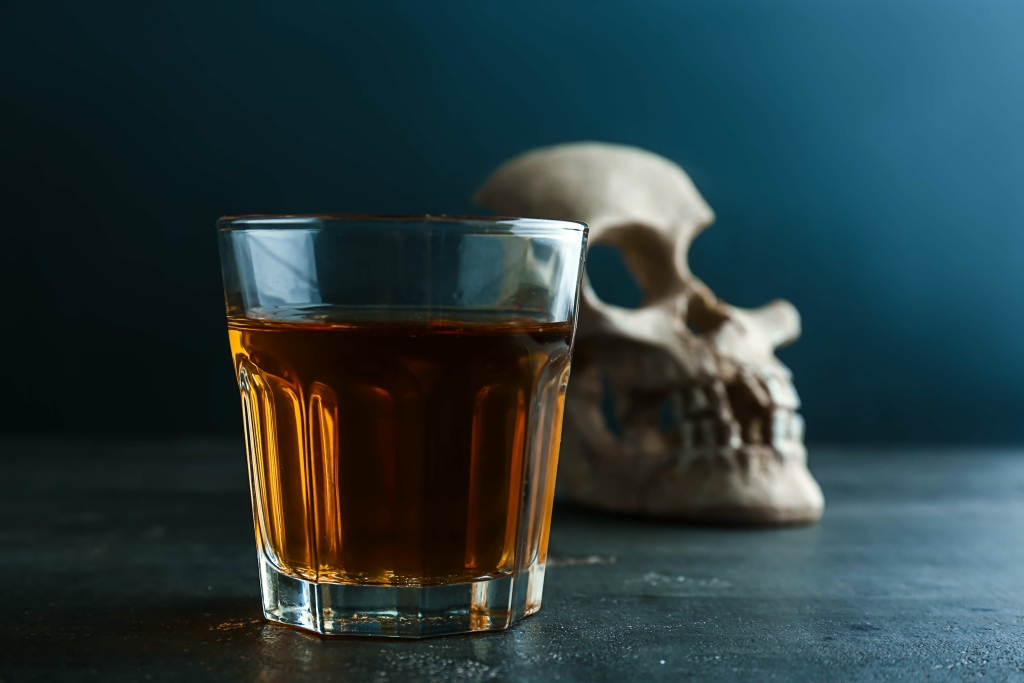What Is The Abstinence Violation Effect?
Expectancy research has recently started examining the influences of implicit cognitive processes, generally defined as those operating automatically or outside conscious awareness [54,55]. Recent reviews provide a convincing rationale for the putative role of implicit processes in addictive behaviors and relapse [54,56,57]. Implicit measures of alcohol-related cognitions can discriminate among light and heavy drinkers [58] and predict drinking above and beyond explicit measures [59]. One study found that smokers’ attentional bias to tobacco cues predicted early lapses during a quit attempt, but this relationship was not evident among people receiving nicotine replacement therapy, who showed reduced attention to cues [60].

Avoidance is an excellent coping strategy if you know that you are likely to run into danger. Recognize that cravings are inevitable and do not mean that a person is doing something wrong. • Build a support network of friends and family to call on when struggling and who are invested in recovery. Not applicable (-), indicates a perceived predictor was not mentioned during the concept mapping session within this group.
Combatting the Abstinence Violation Effect
Cue exposure is another behavioural technique based on the classical conditioning theory and theories of cue reactivity and extinction12,13. The technique involves exposure to a hierarchy of cues, which signal craving and subsequently substance use. These are presented repeatedly without the previously learned pattern of drinking so as to lead to extinction. Despite work on cue reactivity, there is limited empirical support for the efficacy of cue exposure in recent literature14. Various psychological factors were significant in initiating and maintaining Rajiv’s dependence on alcohol.

One study, in which substance-abusing individuals were randomly assigned to RP or twelve-step (TS) treatments, found that RP participants showed increased self-efficacy, which accounted for unique variance in outcomes [69]. Further, there was strong support that increases in self-efficacy following drink-refusal After-Work Wine: The Dangers of Drinking to Cope with Stress skills training was the primary mechanism of change. Only a small minority of people with substance use disorders (SUDs) receive treatment. A focus on abstinence is pervasive in SUD treatment, defining success in both research and practice, and punitive measures are often imposed on those who do not abstain.
1. Nonabstinence treatment effectiveness
A good clinician can recognize the signs of an impending AVE and help you to avoid it. Ark Behavioral Health offers 100% confidential substance abuse assessment and treatment placement tailored to your individual needs. Our addiction treatment network offers comprehensive care for alcohol addiction, opioid addiction, and all other forms of drug addiction. Our treatment options include detox, inpatient treatment, outpatient treatment, medication-assisted treatment options, and more. Before any substance use even occurs, clinicians can talk to clients about the AVE and the cognitive distortions that can accompany it. This preparation can empower a client to avoid relapse altogether or to lessen the impact of relapse if it occurs.
In Europe, about half (44–46%) of individuals seeking treatment for AUD have non-abstinence goals (Haug & Schaub, 2016; Heather, Adamson, Raistrick, & Slegg, 2010). In the U.S., about 25% of patients seeking treatment for AUD endorsed nonabstinence goals in the early 2010s (Dunn & Strain, 2013), while more recent clinical trials have found between 82 and 91% of those seeking treatment for AUD prefer nonabstinence goals (Falk et al., 2019; Witkiewitz et al., 2019). Recently, Magill and Ray [41] conducted a meta-analysis of 53 controlled trials of CBT for substance use disorders. As noted by the authors, the CBT studies evaluated in their review were based primarily on the RP model [29]. Overall, the results were consistent with the review conducted by Irvin and colleagues, in that the authors concluded that 58% of individuals who received CBT had better outcomes than those in comparison conditions.
Cognitive neuroscience of self-regulation failure
People can relapse when things are going well if they become overconfident in their ability to manage every kind of situation that can trigger even a momentary desire to use. Or they may be caught by surprise in a situation where others around them are using and not have immediate recourse to recovery support. Or they may https://en.forexdata.info/art-therapy-for-addiction-painting-paths-to/ believe that they can partake in a controlled way or somehow avoid the negative consequences. Sometimes people relapse because, in their eagerness to leave addiction behind, they cease engaging in measures that contribute to recovery. The general meaning of relapse is a deterioration in health status after an improvement.
Cravings can intensify in settings where the substance is available and use is possible. In psychology, relapses are seen as the result of an accumulation of events, not a single event. They are the result of a series of events occurring over the course of time, explains psychologist Alan Marlatt, Ph.D. It’s easy to conceive of relapses as one-time events that occur during times of weakness. Find out about the abstinence violation effect and what signs to look for in an upcoming relapse. Although many developments over the last decade encourage confidence in the RP model, additional research is needed to test its predictions, limitations and applicability.



